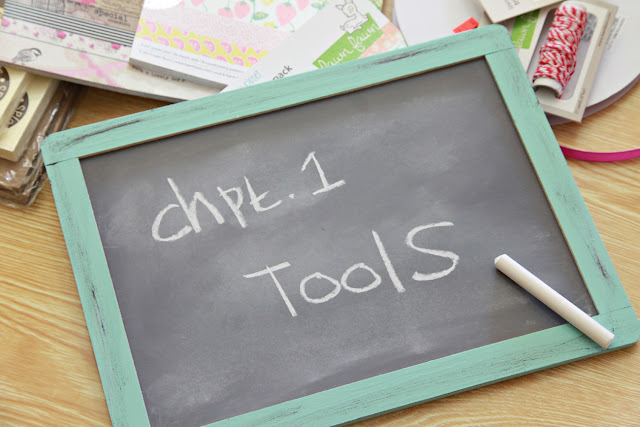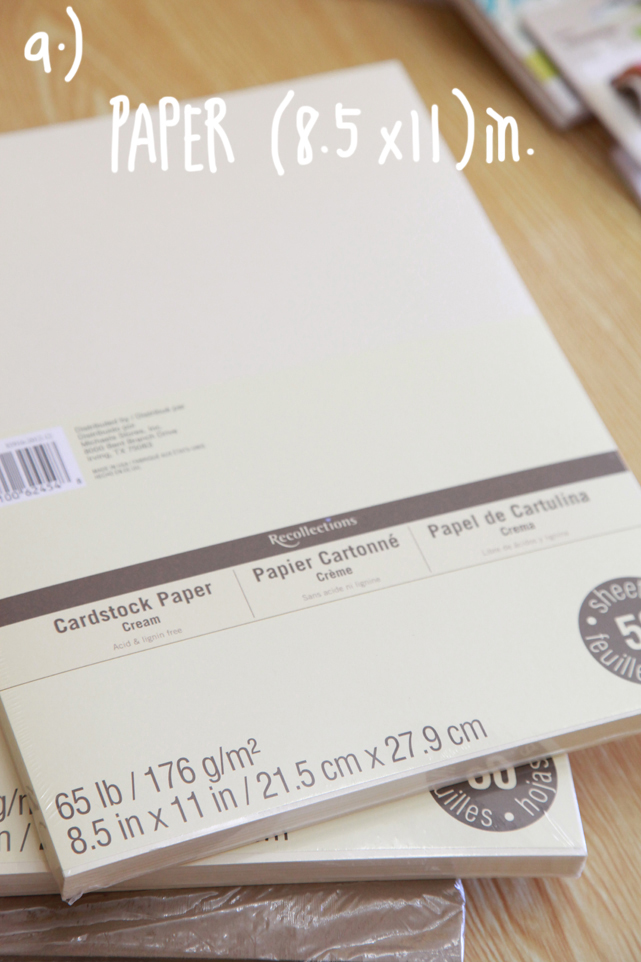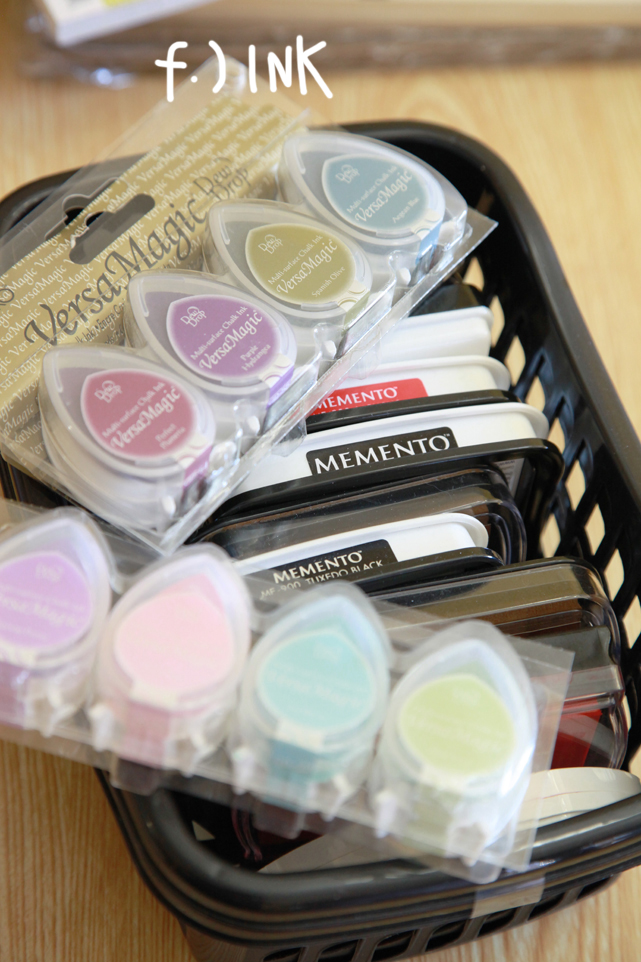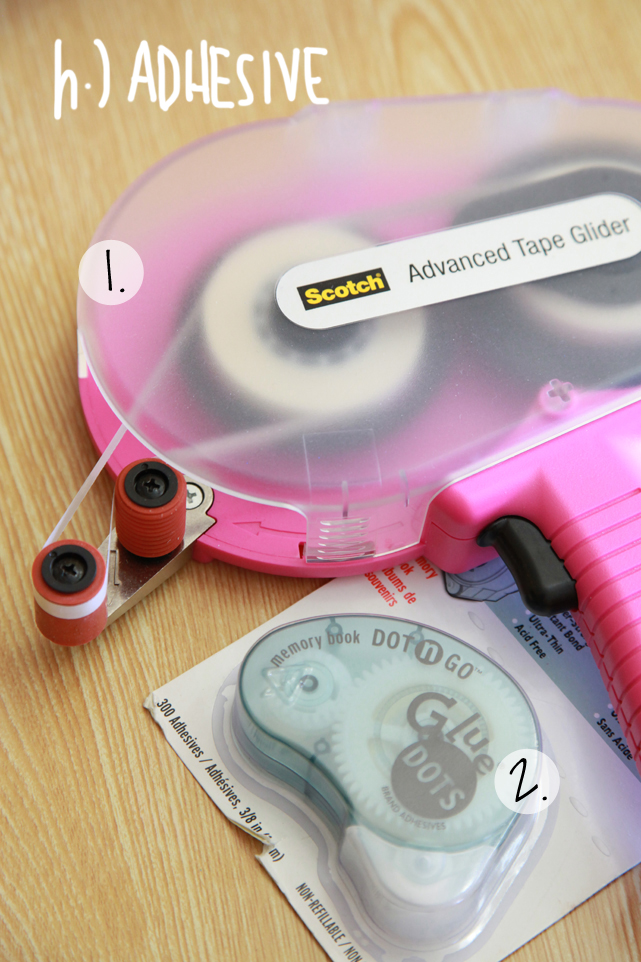Hi everyone! My work schedule is finally back to normal and
as promised I've brought my new series, ‘Card Making 101’! I’m so excited to
share all the tips and tricks that I know, on making cards. This series will be
totally free from start to finish and I hope you really enjoy it. If you've ever wanted to learn more about the tools I use or how to make cards these
posts’ will definitely keep you entertained. I’m not a pro when it comes to
card making, but I love showing others how to let loose and get creative! Today I’m
starting off with chapter 1, which will consist of all the tools I use when
creating cards. None of these tools are must-haves but these are some that I
love using, and I’ll even show how to make cards without these tools, in future posts', for those
who wouldn't want to spend money on something they’re not too sure about. So, let’s get this party started.


A.) Paper/Cardstock: To create a card base you can use any type of paper you
like; however, I love using 8.5in x 11in size cardstock (in any color). You can
find this paper at your local Michaels, Joanns, Office Depot, or even Staples.
The reason that many card makers love to use this size paper is due to the fact
that you can get two A2 (standard size: 4.25in x 5.5in) cards out of one sheet; and, I’ll talk
about this more in chapter 2.
B.) Pattern Paper:
You can use any type of pattern paper that you like. I like to use mini paper
packs and single sheets purchased from my local Michaels, Joanns, or Lawn Fawn.
You can use this piece to decorate your card; and, it adds so much color and
flare to them.
C.) Paper Trimmer: This is the tool that I use to cut
cardstock and pattern paper. It’s so helpful in cutting with precision. This
can also be found at your local craft store.
D.) Scoring board: This is used to create score marks for
precision folding, and comes in handy. However, you don’t need this in order to
create cards. I have on because I make tons of them, hehe. I’ll go into more
detail about this tool in chapter 2, as well. You’ll also notice number 1,
which is a scoring stylus, and number 2, which is bone folder. Both tools help
with scoring.
E.) Stamps: My
favorite thing about card making are my stamps! I love collecting stamps—all types.
Stamp types pictured are as follows: number 1—rubber stamps, number 2—acrylic stamps,
number 3—photopolymer stamps. The differences in types and the kind of inks
these stamps use will be described in more detail in chapter 2.
 F.) Ink: I love
using different types of ink when stamp; however, the type of ink to use for
different types of stamps was always a mystery to me—and I learned which inks
work best with each type of stamp the hard way, hehe.
F.) Ink: I love
using different types of ink when stamp; however, the type of ink to use for
different types of stamps was always a mystery to me—and I learned which inks
work best with each type of stamp the hard way, hehe.
G.) Acrylic blocks:
These are used with the clear and cling stamps. They come in different sizes
and shapes. These work so well with precision stamping because you can see
through the block and stamps! You can find these at your local craft store.
H.) Adhesive: I
love using my ATG because I make a lot of cards for my shop (ATG, number 1) but
you can purchase any other type of adhesive glider that will work for you
(number 2). You can find a wide variety of adhesives at your local craft store.
These are used to adhere your pattern paper, ribbon, and other embellishments
you might want to add to your card. Card makers love using this type of adhesive
because wet glue can cause the card to bend in really weird ways, haha, and these roll adhesives adhesives leave a nice finish.
I.) Die Cuts: I
like to use my die cuts from time to time, to cut shapes that I can use when
creating a sentiment. For instance, these spellbinders and craft punches. They
work so well and I’ll go into more detail about these in chapter 2, as well.
J.) Markers:
great for stamps you can color in; and, great for coloring in paper-pieced
images as well. You don’t need this
specific set of markers to color in your stamped images, though. You can use regular
markers; or, even color pencils.
K.) Ribbon and Twine:
I love using ribbon and twine to add flare to my cards, they are so pretty and
come in such a wide variety of colors and prints. I can’t wait to show you how
I use these.
That's it for chapter one! I can't wait to get started on this so you can get inspired and craft along with me or use this series in the future if you'd ever like to try card making. I hope I didn't confuse you with any of the crafting terms and tools; however, it'll get a lot easier when I'm showing you in detail how to create your own cards with these tools in chapter 2 and beyond. Thanks for stopping by and I hope you come back next Monday for the next chapter.























































